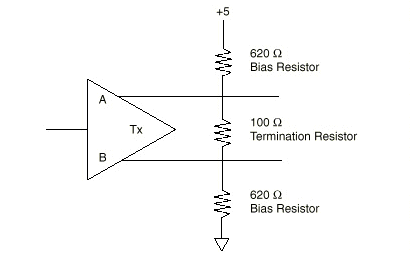Hi,
My company are producing their own controller for their alarm system. It has a lot of ports with different types of interfaces. One of them is port for Modbus.
We use Modbus towards different external systems. On one project we are supposed to use Modbus RTU with 25 Modbus RTU slaves. They are all Siemens slaves, a few frequency drives, but mostly Simocode starters.
It is unusual for us to use this many slaves. We usually only have one node that we receive and write all the data for. So point to point and not multidropped slaves.
The problem we are having is that we experience packet loss. We have tried all sorts of tweaking and we are currently changing cable. The customer is installing a two-wire profibus cable. Previously it was just a two wire twisted cable.
I doubt this will resolve anything, because to me it seems as if it is something wrong in the messages that are being transferred. As if our Modbus format is not compatible or something with the slaves.
Regardless if this is the case, how do parties usually resolve interface issues if it is something detailed in the payload of the Modbus messages that is causing issues. I know that if there is an issue with noise etc. it can be traced using scopemeters, but what if there are protocol differences because of different vendors? How can those be pinpointed?
Thanks for any answers!
My company are producing their own controller for their alarm system. It has a lot of ports with different types of interfaces. One of them is port for Modbus.
We use Modbus towards different external systems. On one project we are supposed to use Modbus RTU with 25 Modbus RTU slaves. They are all Siemens slaves, a few frequency drives, but mostly Simocode starters.
It is unusual for us to use this many slaves. We usually only have one node that we receive and write all the data for. So point to point and not multidropped slaves.
The problem we are having is that we experience packet loss. We have tried all sorts of tweaking and we are currently changing cable. The customer is installing a two-wire profibus cable. Previously it was just a two wire twisted cable.
I doubt this will resolve anything, because to me it seems as if it is something wrong in the messages that are being transferred. As if our Modbus format is not compatible or something with the slaves.
Regardless if this is the case, how do parties usually resolve interface issues if it is something detailed in the payload of the Modbus messages that is causing issues. I know that if there is an issue with noise etc. it can be traced using scopemeters, but what if there are protocol differences because of different vendors? How can those be pinpointed?
Thanks for any answers!






